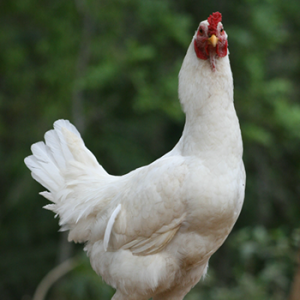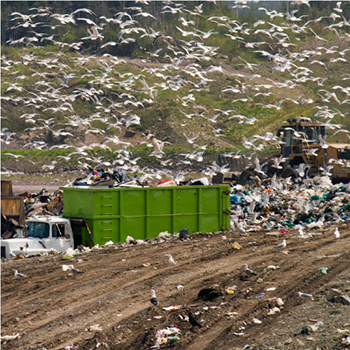We measure food calories in KJ/g, the same as combustible calories. However, the process is different, although the outcome is the same: KJ/g or heat, or calories. Animal feedstock relies on animal digestion (conversion). A calorimeter burns the lot and measures the released heat. Then you can't use a calorimeter to measure feed stock?
Yes, it can. But with some provisions. To visualize the difference in digestive calories, take sawdust. It will measure very high in a calorimeter, but it will most likely kill the animals. Measuring the digestive calories of food is a lengthy, messy, and smelly operation because all the major food groups must be separated and measured individually. This can take up to a week. A calorimeter analysis is measured in minutes. This is the most compelling argument for the use of a calorimeter.
To measure the absolute CV of food with the calorimeter, it must be compared to a previously measured CV. Its consistency must not be altered. In other words, the saw dust syndrome must be avoided.
The other way to use it is to measure the effect it has on animals. In this process the animal intake (feed stock) CV is measured, then the animal is measured, and finally the animal excrement is measured. If saw dust is used, it would end up in the excrement! This process is very popular. The feed stock consistency is adjusted for seasonal changes and maximum animal mass gain. The details of the process is highly guarded, because they affect the profitability of animal feed.

Related Applications
Nutrition/Food Analysis

A combustion calorimeter can't be used for measuring digestive calories (food calories)...
Read MoreUniversities

Simple, we at Digital Data Systems (DDS) have been making calorimeters for the last 40 years.
Read MoreWaste Product Analysis

Waste product consists of a variety of materials. In general terms the exact calorific value is not that...
Read More
